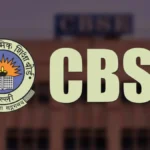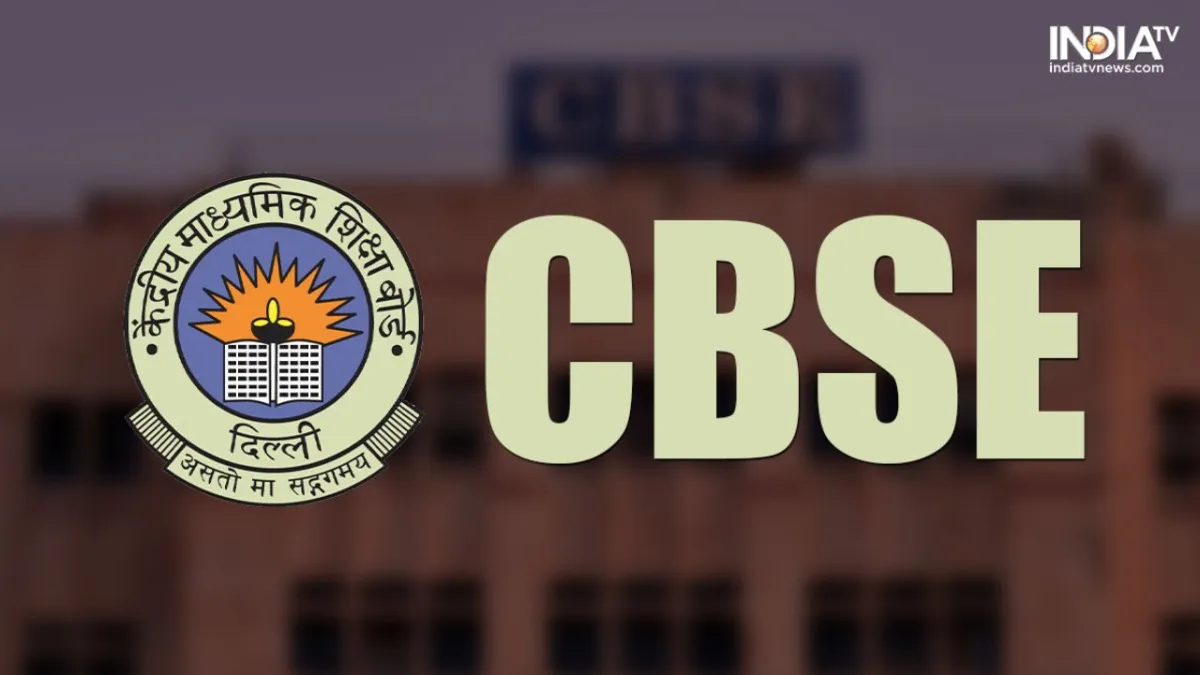It helps the understanding of how much a student has learned or how well a teacher is teaching what he/she is teaching in terms of measurement and evaluation in education. Measurement means checking the student’s progress through tests, quizzes, and so forth. Evaluation is then making the decision about what adjustments or improvements are warranted on the basis of those results.
Measurement and evaluation contribute to schools. They demonstrate what works and what does not, and sometimes it is difficult to ascertain whether students are learning or not without it.
Why Are Measurement and Evaluation in Education Important?
Measurement and evaluation in education deserve a good number of reasons for their existence:
- They will help in tracking students’ progress.
- They will show which teaching methods work the best.
- They will improve lesson planning and learning activities.
- They will help in determining whether students are ready for the next level.
- They aid teachers in developing their teaching abilities.
Types of Measurement in Education
There are various types of measurement in education, each serving a distinct purpose.
- Formative Measurement in Education
Formative measurement occurs while the learning process is going on. Teachers will often use very short quizzes, ask questions, or do a fun activity. Here, they see immediately who needs help. It gives students the chance to improve before the final grading.
- Summative Measurement in Education
Summative measurement occurs more or less at the end of a class or term. Tests or projects are given to the students to measure the amount of learning achieved. These scores usually go on to affect the final grades.
- Diagnostic Measurement in Education
In diagnostic measurement, one is trying to see either what a student already knows or the problems the student might be having. For example, if a student is having trouble reading, the teacher may use such a test to isolate the specific problem.
- Placement Measurement in Education
Placement measurement helps determine where a student needs to begin. It may place a student in the proper reading group or assign the right level of mathematics. The result is a more effortless and enjoyable learning experience.
Together working, all of the above types of educational measurement track the learner’s progress.
Different Ways of Evaluation in Education
Just as measuring has its types, so also evaluation has its branches in education.
- Norm-Referenced Evaluation in Education
Under this method, candidates are compared with one another within the walls of their classrooms or schools. It ranks a particular student among peers. Standardized tests usually employ this method.
- Criterion-Referenced Evaluation in Education
Here, students are being tested, if they achieve a particular learning goal. It tells us what the student can do, rather than how well he compares with others.
- Continuous and Comprehensive Evaluation in Education
This method looks at the whole progress of a student through the entire year, including tests, activities in class, teamwork, and behavioral aspects. It helps the teacher guide the students in different possible ways, not only with marks.
- Ipsative Evaluation in Education
This compares a student’s earlier work with their current work. It allows students to primarily focus on their progress rather than on comparing themselves to others.

Useful Tools for Measurement in Education
Quite a few tools are used for measurement in education. They are used to measure how well students perform.
Some of the most common tools are:
- Written tests, such as multiple-choice and short-answer answers
- Oral questioning and answering
- Projects and presentations
- Checklists and rating scales
- Grading rubrics for assignments
- Portfolios representing a student’s best work
Making Sure Measurement in Education Is Fair and Trustworthy
Measurement in education should be fair and reliable for it to be useful.
Valid Measurement in Education
It refers to a test that measures what it purports to measure. For instance, a test in science should measure only science, not spelling or writing.
Reliable Measurement in Education
A dependable test will yield the same results on both occasions when replicated under similar circumstances. In brief, if the test is not reliable, then it is not court-worthy.
How Measurement and Evaluation in Education Help the Curriculum
Learning is like a road map, and measurement and evaluation in education will see to it that the road is followed.
That is what the two do:
- Indicates the part of the lesson that works best.
- Indicates the areas in which students are struggling.
- Leads towards more interesting and fun lessons.
- Assists in updating old and boring topics in schools.
How Evaluation in Education Improves Learning
Evaluating the process of education assists the three players involved: the pupils themselves, the teachers, and the schools.
- It lets students know what they are doing right or wrong.
- It provides teachers with ideas on how to teach better.
- It informs parents about how their children are doing.
- It helps schools achieve their targets.
- It gives data to leaders so that they can make wise changes.
Common Problems in Measurement and Evaluation in Education
Tests are often very complicated or somewhat unfair, causing problems in measurement and evaluation in education:
- Some students feel anxious or frightened.
- Some teachers don’t receive sufficient instruction.
- Time can be wasted on too much testing.
- The results can then be misinterpreted or misused.
The Future of Measurement and Evaluation in Education
Learning evaluation is changing very fast, indeed. Only through technology will the future propitiously unfold.
The new trends include:
- Fun quizzes on apps and software
- Online tools for feedback in real-time
- Using games to assess learning
- Progress is marked on graphs and charts
- Smart reports for every student created
Conclusion
The structural and important principles of good teaching and intelligent learning are measurement and evaluation in education. They tell us the extent to which students learn and tell us what should change. When used correctly, they are useful for teachers, helpful for students, and contribute to the betterment of a whole school.
Also Read: Prashanti Educational and Welfare Society, Ujjain: Bringing Hope











